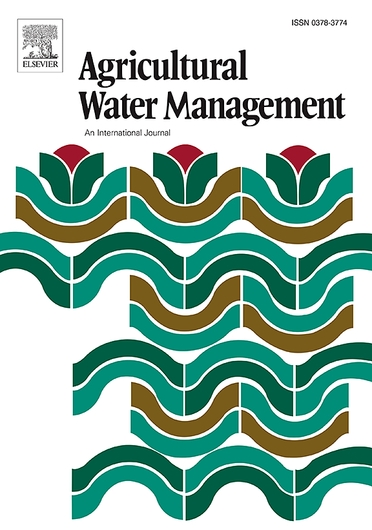Assessing the biophysical factors affecting irrigation performance in rice cultivation using remote sensing derived information
Abstract
Identifying the biophysical factors that affect the performance of irrigated crops in semi-arid conditions is pivotal to the success of profitable and sustainable agriculture under variable climate conditions. In this study, soil physical and chemical variables and plots characteristics were used through linear mixed and random forestbased modeling to evaluate the determinants of actual evapotranspiration (ETa) and crop water productivity (CWP) in rice in the Kou Valley irrigated scheme in Burkina Faso. Multi-temporal Landsat images were used within the Python module for the Surface Energy Balance Algorithm for Land model to calculate rice ETa and CWP during the dry seasons of 2013 and 2014. Results showed noticeable spatial variations in PySEBAL-derived ETa and CWP in farmers’ fields during the study period. The distance between plot and irrigation scheme inlet (DPSI), plot elevation, sand and silt contents, soil total nitrogen, soil extractable potassium and zinc were the main factors affecting variabilities in ETa and CWP in the farmers’ fields, with DPSI being the top explanatory variable. There was generally a positive association, up to a given threshold, between ETa and DPSI, sand and silt contents and soil extractable zinc. For CWP the association patterns for the top six predictors were all non-monotonic; that is a mix of increasing and decreasing associations of a given predictor to either an increase or a decrease in CWP. Our results indicate that improving irrigated rice performance in the Kou Valley irrigation scheme would require growing more rice at lower altitudes (e.g. < 300 m above sea level) and closer to the scheme inlet, in conjunction with a good management of nutrients such as nitrogen and potassium through fertilization.

